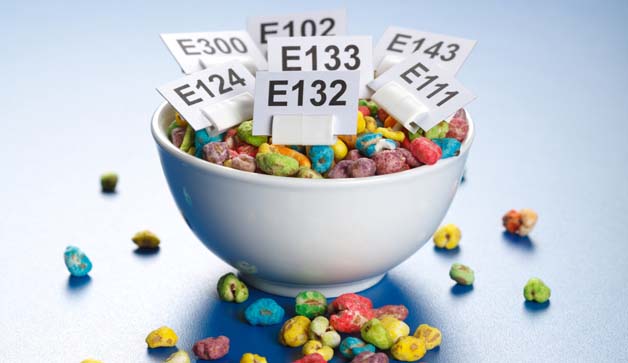Feb. 20, 2021
Acidity Regulator
Acidity regulator is a kind of flavoring agent, also called sour agent. Adding sour agents to food can give people refreshing stimulation, increase appetite, and have a certain antiseptic effect.
It is generally divided into inorganic acid and organic acid. The commonly used inorganic acid in food is phosphoric acid. Commonly used organic acids are: citric acid, lactic acid, acetic acid, tartaric acid, malic acid, fumaric acid, ascorbic acid, gluconic acid, etc.

Phosphoric acid can replace citric acid and malic acid in the beverage industry, especially used as a sour agent in non-fruit beverages where citric acid is not suitable. It can be used as a pH regulator in the brewing industry and as a yeast nutrient solution in a yeast factory to promote the growth of cell nuclei. It can also be used in combination with antioxidants in animal fat, and can be used as a clarifying agent for sucrose liquid in the sugar production process.
Citric acid is found in plant and animal tissues and milk, and citrus fruits have a higher content. Crystalline citric acid is white transparent particles or white crystalline powder. Anhydrous citric acid is a colorless crystal or white powder, odorless and without sour taste. Citric acid is the most versatile and versatile sour agent. It has high solubility and strong chelating ability to metal ions. In addition to being used as a sour agent in food, it is also used as a preservative, antioxidant synergist, pH adjusters, etc. The maximum dosage is according to normal production needs, and ADI is unlimited.
Lactic acid was originally found in yogurt, hence the name. Food lactic acid (50% content) can be used as a sour agent in soft drinks, yogurt drinks, synthetic wine, synthetic vinegar, spicy soy sauce, pickles, etc. The kimchi and sauerkraut made by lactic acid fermentation not only have a flavoring effect, but also prevent the growth of bacteria.
Malic acid is more abundant in apples, hence the name. It has a soft sour taste and long lasting. In theory, it can completely or mostly replace the citric acid used in food and beverages. With the same effect, the average dosage is 8%-12% less than citric acid (mass fraction) . In particular, malic acid is used in fruit-flavored foods, carbonated beverages, etc., which can effectively improve its fruit flavor. In the United States, malic acid is constantly being used in new foods. The maximum amount is according to normal production needs, ADI does not need special regulations.
Food Preservation Agent
Commonly used food preservatives include benzoic acid, butyl hydroxyanisole and dibutyl hydroxytoluene. Among them, butylated hydroxyanisole is a good preservative, and it is not toxic within the standard limit concentration. Its maximum dosage in food should not exceed 0.2 g/kg in terms of fat. When its dosage is 0.02%, it is more than 0.01%. The antioxidant effect is increased by 10%. As a fat-soluble antioxidant, butylated hydroxyanisole is suitable for oily foods and fat-rich foods. Because of its good thermal stability, it can be used under frying or baking conditions.
In recent years, the research of natural preservatives has attracted the attention of scientists from all over the world, and a large number of natural preservatives products are generally welcomed by people, such as tea polyphenols, natural vitamin E, polylysine and chitosan.
Food Preservatives
Food preservatives can inhibit microbial activity, prevent food spoilage and deterioration, thereby extending the shelf life of food. Most beverages and packaged foods want to be stored for a long time, and food preservatives are often added. As it is related to people's health, food preservatives are most restricted among various preservatives.
Commonly used are benzoic acid, sodium benzoate, sorbic acid, potassium sorbate, calcium propionate and so on. In recent years, preservatives in food have begun to develop in a safe, nutritious, and pollution-free direction. New preservatives such as glucose, oxidase, protamine, lysozyme, lactic acid bacteria, chitosan, pectin decomposition products, etc. have emerged. And is approved for use by the state.
For example, foods seen on the market usually contain preservatives such as potassium sorbate and sodium benzoate. These two most widely used preservatives are generally excreted in the urine and not in the body after being ingested by the human body. Accumulate.